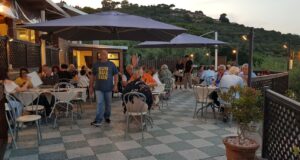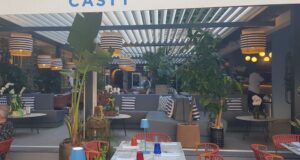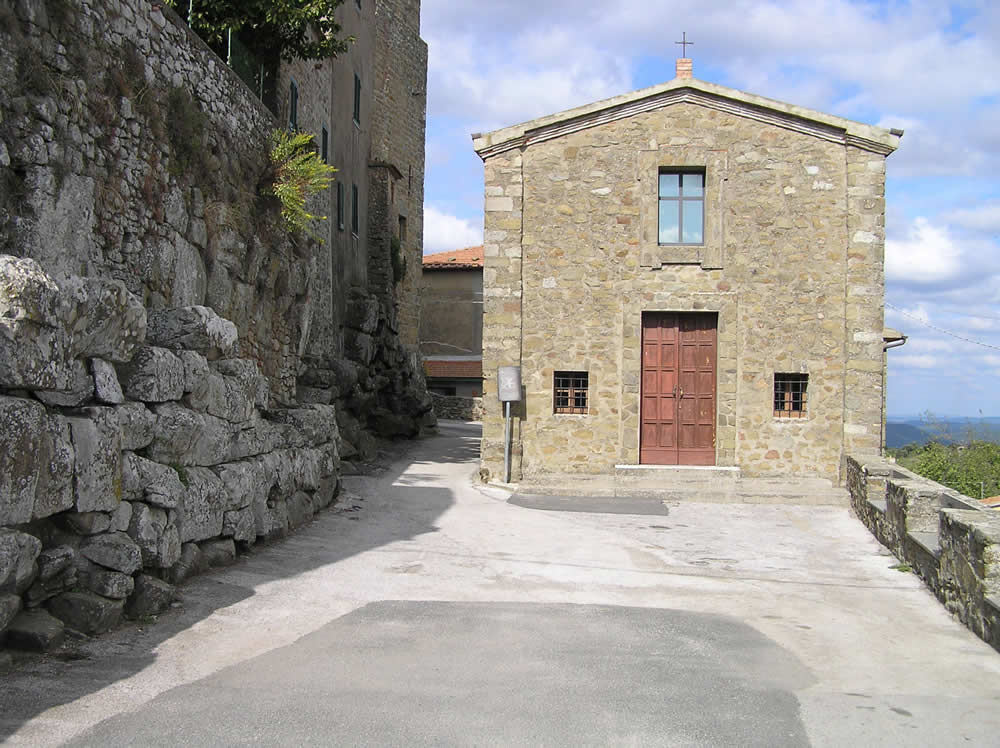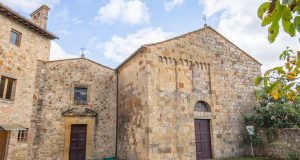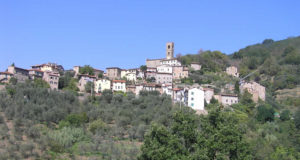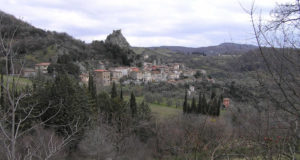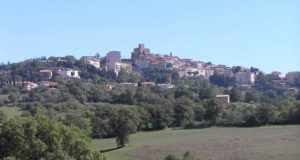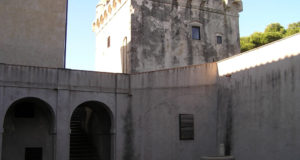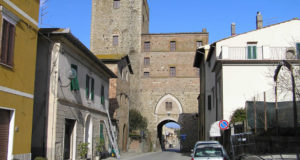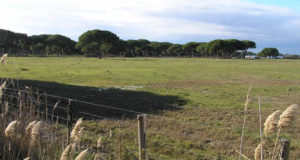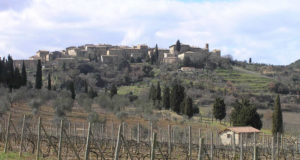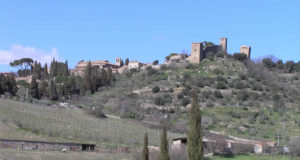![]() Français
Français ![]() Deutsch
Deutsch ![]() Español
Español ![]() Italiano
Italiano
Saturnia is a small town located on a high travertine rock at 294 meters high in the municipality of Manciano. The town is an important spa thanks to the presence of sulphurous water (37.5 ° C) which attracts people every year for sweat cures, muds etc. There are historical documents dating back to the XII century that already speak of the benefits of the Saturnia spa. Ancient legends lead the country to the seat of the god Jupiter, who took refuge there on the occasion of the expulsion from his celestial throne.
HISTORY
There are many testimonies of civilizations ranging from the one dating back to the Eneolithic period, the Bronze Age, to the Etruscan one, up to the Roman one. Etruscan tombs dating back to the 8th century BC were found in Puntone, Pian D’Alma, Sede di Carlo, Pancotta, Costone degli Sterpeti, Campo delle Caldane. In 280 BC Saturnia was conquered by the Romans, who surrounded it with walls, establishing the seat of the prefecture. The city had a flourishing development in the imperial age, but with the III century the traces were lost.
Only in the twelfth with the dominion of the ancient Aldobrandeschi family, Saturnia had a new rebirth, it is mentioned as a spa and as a castle. In 1299 Saturnia was destroyed by Siena, which later fortified it to defend itself from the counties of S. Fiora and Pitigliano, but the town never recovered. Florence conquered it by making it a marquisate under the Ximenes of Aragon.
THE THERMAL BATHS OF SATURNIA
The spas located in the plain below the village of Saturnia are a very popular attraction and represent the main tourist attraction of the small village. There are free thermal areas such as those of the Cascate del Mulino and the Cascate del Gorello, and a well-equipped spa with thermal pools, whirlpools, wellness center etc.
ARCHAEOLOGICAL REMAINS
Saturnia is also very rich in archaeological remains from the Etruscan and Roman periods. In Piazza Vittorio Veneto you can see the results of the excavations that brought to light Etruscan and Roman remains. The parish church of Santa Maria Maddalena which stands on Roman ruins was restored in 1933. It preserves some paintings attributed to Benvenuto di Giovanni (1480): The Madonna and Child, St. Sebastian, La Maddalena. Next to the church are the ruins of the Sienese fortress or Rocca Aldobrandesca built in the early thirteenth century and restored by the Sienese in the fifteenth century. In the Piazza del Bagno Secco there is a large rectangular travertine tank that was used to collect water.
The stretch of Via Clodia, a Roman road with irregular travertine paving-stones (basoli) and vertical stone “margines”, is very beautiful. The road passes under the Roman gate, dating back to the 3rd century BC. Next to the gate is a well-preserved section of the Roman walls. The small Archaeological Museum houses finds ranging from prehistory to the Roman period.
Outside the inhabited center there are other Etruscan and Roman remains. While in the necropolis of Puntone some tumulus tombs from the Etruscan period dating back to the 7th and 5th centuries BC are visible. Near the Terme di Saturnia, in Poggio Murella, there are the remains of a square construction from the Roman era. Finally in the locality of Le Murelle are the remains of a large Roman cistern from the 1st century BC.
 Borghi di Toscana Guida ai borghi e ai paesaggi della Toscana
Borghi di Toscana Guida ai borghi e ai paesaggi della Toscana
